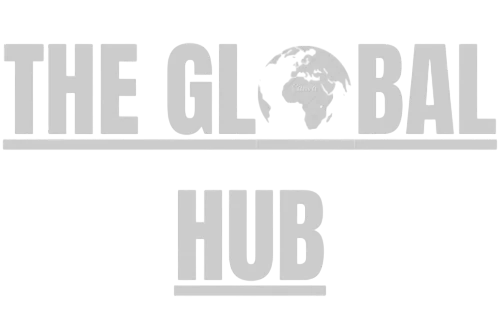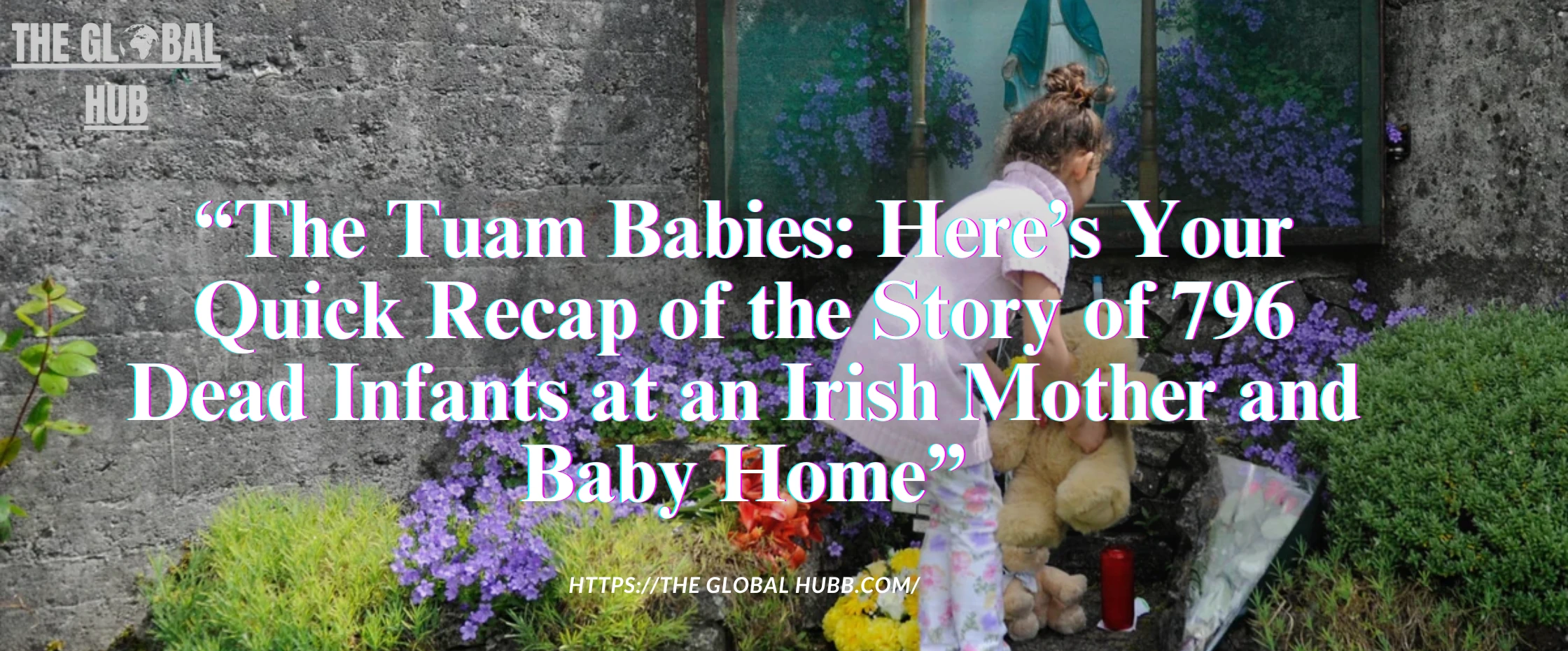The revelation of the 796 babies thought to have been interred in a septic tank at the Bon Secours Mother and Baby Home in Tuam, County Galway, Ireland, is among the most horrific uncovered in recent Irish history. Now this tragedy — a secret kept for generations — lies at the heart of a vast excavation and national reckoning over the legacy of church-run institutions that once imprisoned and abused generations of women and children.
The Bon Secours Mother and Baby Home – A Summary
It is neither the first nor last time that infants died there.
History and Organization (1925–1961)
Table of Contents
Toggle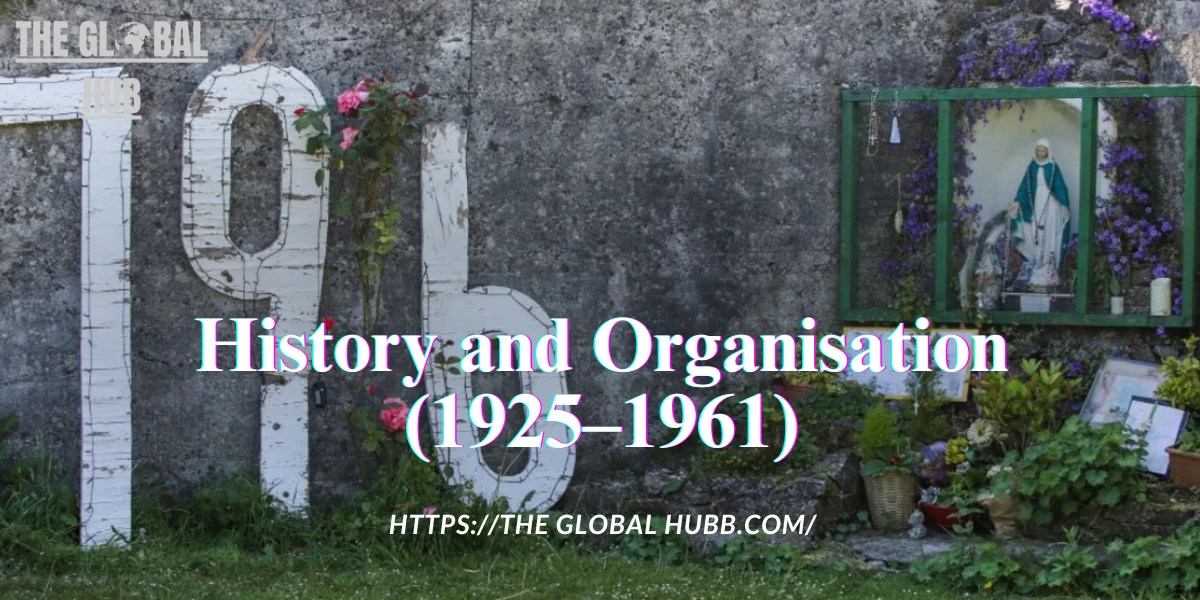
The Bon Secours Mother and Baby Home was one of several such homes in Ireland for unwed pregnant women and their children. Founded by the Bon Secours Sisters, an order of Catholic nuns, the Tuam home existed from 1925 until it closed in 1961. At the time, Irish society was heavily dominated by Catholic belief, and out-of-wedlock pregnancy was highly stigmatized.
Life Inside the Home
Those sent to Tuam were usually isolated from their families and communities. Mothers who gave birth were usually required to stay in the house for a year, engaging in unpaid labor as penance. Their children were adopted out — sometimes illegally — or stayed in the home and many died from neglect, disease and malnutrition.
Living in the Bon Secours Mother and Baby Home in Tuam, Ireland, meant hardship, shame and the rule of institutions. The home, run by the Bon Secours Sisters, an order of nuns, operated between 1925 and 1961 and housed unmarried pregnant women who gave birth, and where their children were raised — often in the most brutal circumstances.
Arrival and Daily Routine
Unmarried women between the ages of 12 and 40 were sent to the home by families who wanted to avoid the social shame associated with pregnancies that occurred outside of wedlock. Some came in secret, even in the dark to escape public shame. Once there, women were examined by a physician and put to work, generally doing housework or looking after other children in the household.
To repay for their care, the mothers were forced to work for the home without pay for at least a year after giving birth. Women who could afford to do so could pay a fee to leave early, but this was seldom an option for disowned women.
Separation and Loss
Mothers were also separated from their babies post birth and the babies were brought up in the home by the nuns. The children and their mothers were separated by clans and placed in different dormitories where emotional attachments were discouraged or prevented altogether. When, after their successful year of service, these mothers (who had more than one child out of wedlock) were required to leave, they would sometimes be sent straight to Magdalene laundries as a further punishment for “recidivism” (the condition of having more than one child out of wedlock).
Conditions for Children
Home-born children suffered drastic neglect; they were malnourished and diseased. (Vivientes dicen que tenían hambre constantemente, eran escasamente vestidos y no fueron nunca acariciados) The nuns also enforced discipline and children would be hidden from the outside world (for example escorted to school under cover and kept apart from local children so they did not ‘contaminate’ their peers). The shame was such a powerful aspect, in fact, that the children of the house were officially labeled bastards and ostracized.
The living conditions were overcrowded and unhygienic, resulting in high incidence of communicable diseases such as tuberculosis, measles and influenza.Death was common—and reconciled. An average of one child died every 14 days while the home was open, and deaths were due to congenital abnormalities, airborne infectious diseases, and severe malnutrition. The mortality rate for the home was incredibly high compared with the general population.
Adoptions and Burials
Many children were adopted out, sometimes against their mothers’ will, and there is also some evidence of illegal adoptions to the US. For the people who died, burial was profoundly disrespectful. There have been inquiries and excavations that have identified almost 800 infants and children buried in what was a former septic tank at the site, with more minimal or no death or burial records.
Emotion and Cognition
Some of those who survived the home have talked of life-long trauma, fear and difficulty in trusting others as a consequence of what they endured. Years of growing up hungry, being deprived of affection, and facing stigma left deep psychological scars. Countless mothers never saw their children again, and countless children spent their lives not knowing who they were or where they came from.
Social disgrace, neglect and a lack of compassion created a hell on earth for mothers and children in the Bon Secours Mother and Baby Home. Survivors of these homes and Irish society have been haunted by the legacy of these homes, leading to ongoing investigations and calls for justice.
Frequently Asked Questions:
- What was life like for unmarried mothers inside the Bon Secours Home?
- How did the nuns handle childbirth and care for the mothers and babies there?
- What work did women do during that year at home?
- How were babies presented to be adopted at home?
- Why were mothers torn from their children, and what were their lives like?
- Unearthing the mass grave: Catherine Corless and the quest for truth
The Historian: Catherine Corless and the Quest for Truth
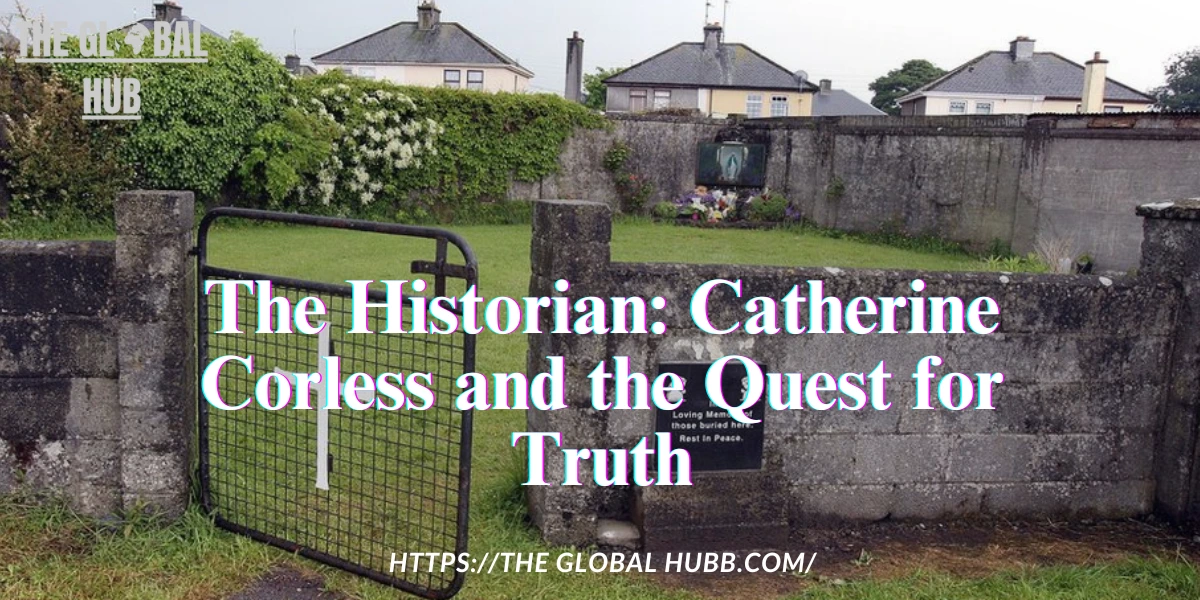
And the truth about Tuam might have remained hidden if not for the dogged, nonstop work of the local historian, Catherine Corless. Motivated by personal connections and a sense of justice, Corless spent years sifting through death certificates, church records and land registries. In 2014, she disclosed that 796 children died at the home between 1925 and 1961, but just two had been recorded in official burial records.
A Personal Quest That Started With Local Memory
Catherine Corless, who grew up in Tuam, County Galway, was very aware of the social gap between the children at the home and those in traditional families. Entrusted to the care of the Bon Secours Sisters, who ran the home, the facility was a place of secrecy and stigma and the fate of many of the children who lived — and died — there was largely lost on the community.
Once her own children were grown, Corless did a night course in local history, which gave her the research skills to follow the story that had haunted her from childhood. She knew then that she would do whatever it took to find out what had happened to the children who died at the home — and why so many deaths had gone unmarked, unacknowledged and uninvestigated.
First Skepticism, Then Vindication
Corless met with mockery and dismissal from local officials, the Catholic Church and even neighbors. Most had dismissed her findings as exaggerated or damaging to their community’s reputation. Yet in 2017, test excavations established that child remains had indeed been placed in a former septic tank on the site, vindicating her research and leading to global outrage.
The Dig: In Search of Justice and Dignity

The Start of Forensic Work
In June of 2025, the Irish authorities launched a long-anticipated forensic dig at Tuam. The steps, which could take up to two years, will uncover, identify and give dignified burials to the remains of almost 800 infants and young children.
The Site Today
The former mansion was demolished in 1971 and is now a part of a modern housing estate. There is a memorial garden at the site, but excavation has necessitated the site being boarded up and designated a forensic site.
Forensic Challenges
Investigators are left with the difficult job of trying to determine who exactly these remains belong to when they have been sitting in a sewage facility for decades. DNA methods are being employed to ascertain the approximate ages of, along with the identities of, the children, whose ages at death ranged from 35 weeks gestation to 3 years.
Why Did So Many Children Die?
Causes of Death
Official accounts and survivor testimony tell a sobering tale. Most frequent causes of death were:
- Respiratory infections
- Gastroenteritis (stomach flu)
- Prematurity
- Malnutrition
- Some infectious diseases such as measles, whooping cough, TB, meningitis and diphtheria
Neglect and Systemic Abuse
Many children are said to have perished not just from sickness, but from neglect and the cramped conditions in the house, relatives and survivors say. There was overcrowding, no medical care and inadequate nutrition. The mortality rate in these institutions was “appalling”: according to an expert government commission report on 18 mother-and-baby homes, some 9,000 children died, which was around 15 per cent of those born there.
Role of Catholic Church and Irish State

Church Power and Secrecy
The Catholic Church had enormous power in 20th-century Ireland. Families stayed hushed and complicit out of fear of social ostracism and damnation. The Church not only managed policy (at the state and national levels with the government funding and overseeing them) but also acted as agents of policy and could operate in a vacuum without the government getting involved.
Forced Adoptions and Labor
Many survivors were adopted—sometimes against their parents’ will—while their mothers were often forced into unpaid labor before being spirited away from the home. The shame and trauma associated with this kind of experience lasted for generations, and many survivors were only finally able to learn of the truth when they were well into old age.
Survivors, Families and Fighting for Recognition
Personal Stories
Many survivors and relatives have shared their painful stories of loss, silence, and life-long scars. For relatives like Annette McKay, the question of whether their sister is among those buried in Tuam is never too far from the surface.
Demand for Accountability
The Tuam case is but one of many such cases in Ireland and elsewhere, where church-run establishments like industrial schools or Magdalene Laundries have tortured and killed thousands of Irish women and children. In recent years, some of the survivors have demanded apologies, money, and most importantly – recognition of the unbelievable torment of so many Irish women and children.
National and Global Response: Coming to Terms with the Past

Irish Society Responding to Tuam
The Tuam scandal has forced the Irish authorities to acknowledge the many years of abuse in church establishments. The Irish government has set up inquiries into the possibility of similar mass graves and given money for the survivors. A couple of years ago, the Irish parliament passed a bill that allowed law enforcement to dig up and re-bury some of the babies held in the septic tank.
International Outrage
While the Tuam scandal was the first to highlight the multiple abuses committed in various church-run institutions around the world, dozens of similar institutions are slowly but surely coming to the public eye, with governments and law enforcement encroaching on the church’s once inviolable privileges.
Calls for Justice and Healing
As the historian Catherine Corless has been adamant, the purpose is not just to recover remains, but to restore dignity to the vanished children and bring peace to their families. “There is no peace there until there is justice, until there is truth. It’s up to me that these little babies have a Christian burial, because that’s what the mothers would have wanted,” Corless said.
What We Learned: Institutional Abuse and the Challenge of Social Change
Ending the Silence
The Tuam scandal has dragged Ireland’s dirty secret of the mistreatment of unmarried mothers and their children into the light after decades of silence. It has also ignited a wider debate about the influence of the Church, state responsibility and the significance of historical truth.
A Warning for the Future
This is a tragic example of the dangers of unchecked institutional power and social disgrace. It places a premium on vigilance, transparency and mercy in the way societies treat their most vulnerable members.
Conclusion: Mourning the Dead, Fighting for Justice
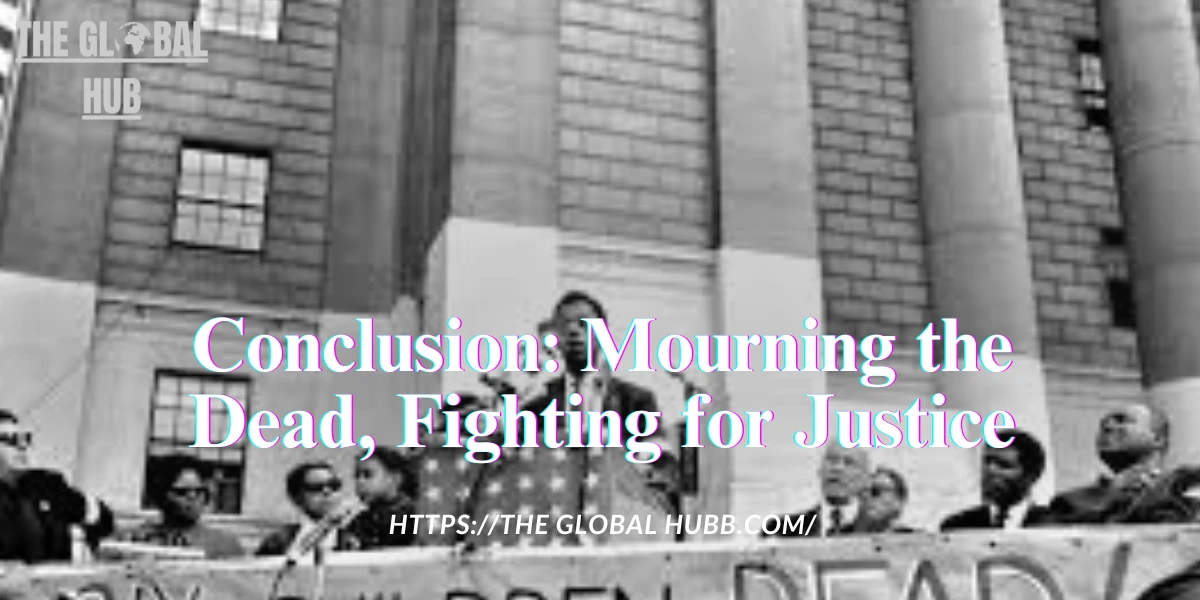
The dig in Tuam is not just an archaeological dig; it’s a moral necessity. As Ireland and the world watch, the hope is that these children will at long last be granted the dignity in death they were denied in life. The efforts of Catherine Corless and numerous other activists will ensure that the lessons of Tuam are not lost.
External Link
For a comprehensive overview and ongoing updates on the Tuam babies excavation, visit ITV News’ coverage:
https://www.itv.com/news/2025-06-16/excavation-to-identify-796-babies-and-children-buried-in-sceptic-tank
